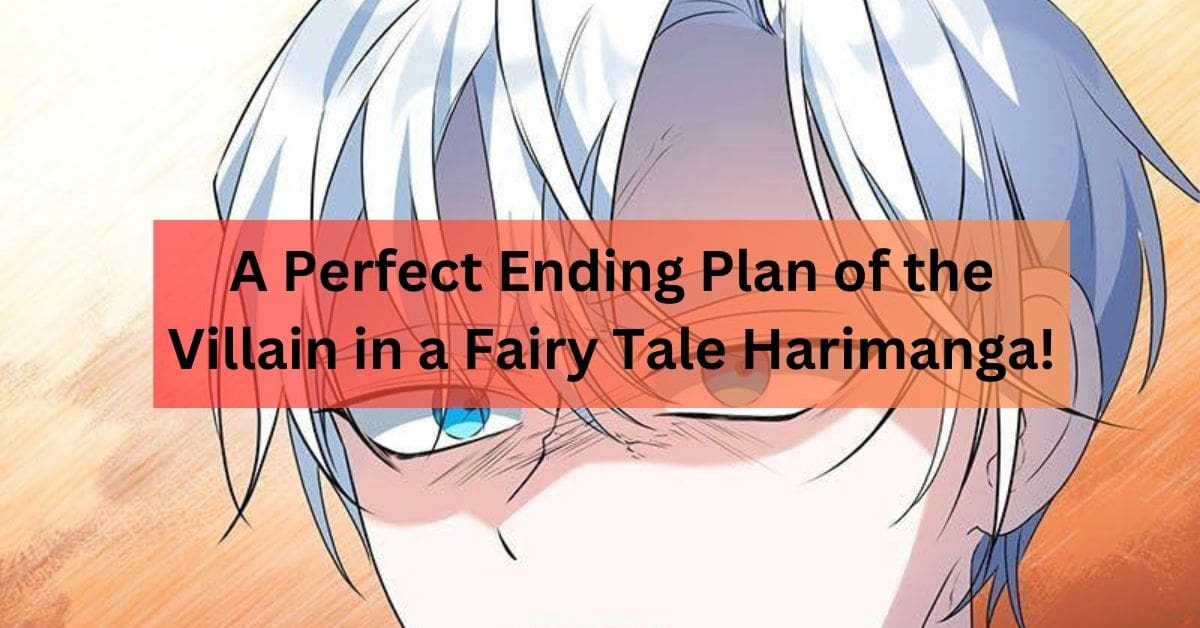A Perfect Ending Plan of the Villain in a Fairy Tale Harimanga!
In the enchanting world of fairy tales, where heroes and heroines embark on magical journeys, the role of the villain is pivotal. These malevolent characters add depth and complexity to the narrative, often setting the stage for the ultimate triumph of good over evil.
In the realm of “Harimanga,” a captivating fairy tale, the villain’s grand finale holds a unique charm that captivates readers young and old alike. Let’s delve into the intricacies of crafting a perfect ending plan for the villain in the fairy tale “Harimanga.”
Setting the Stage – Unveiling the Villain’s Intentions:
The Villain’s Diabolical Scheme:
In this whimsical realm, the antagonist’s intentions are shrouded in mystery. Unraveling the layers of their malevolent scheme becomes a central plot element that keeps readers engaged.
Manipulating the Protagonist’s Path:
The villain’s strategic manipulation of the protagonist’s journey creates a series of challenges that test their resolve. Each obstacle draws readers deeper into the story, creating a sense of urgency and anticipation.
The Climactic Confrontation – Villain vs. Protagonist:
The Showdown Beckons:
As the story reaches its climax, the protagonist and the villain are on a collision course. The anticipation of the final confrontation intensifies, keeping readers on the edge of their seats.
Unleashing Chaos and Doubt:
In a masterful stroke, the villain sows seeds of doubt and chaos, casting a shadow of uncertainty over the hero’s path. This emotional turmoil adds complexity and depth to the narrative, allowing readers to connect with the characters on a deeper level.
The Hero’s Inner Struggle:
Caught in the villain’s web, the hero grapples with their own inner demons. This internal conflict mirrors the external battle, creating a riveting parallel that resonates with readers’ own struggles and aspirations.
Read Also:
- I Will Change The Genre Harimanga – Reviving Literature Through Genre Transformation!
- Inappropriate Activity Has Been Detected – Exploring the Season of Harimanga!
The Twist of Redemption – A Surprising Turn:
The Unexpected Alliance:
Just when all seems lost, a surprising alliance emerges. The villain’s motives take an unforeseen turn, leading to a moment of redemption that challenges readers’ perceptions and beliefs.
The Veil of Humanity:
Peeling back the layers of the villain’s past unveils their hidden humanity. This revelation sparks empathy and understanding, blurring the lines between good and evil and reminding us that every character is multi-dimensional.
The Grand Finale – Culmination of Choices:
The Final Showdown:
In a breathtaking climax, the hero and the villain face off one last time. The culmination of their choices and actions propels the narrative toward its conclusion, leaving readers breathless with anticipation.
Sacrifice and Redemption:
As the story threads intertwine, sacrifices are made, and redemption becomes a tangible possibility. The villain’s ultimate act of selflessness transcends their wicked past, leaving readers awestruck by the power of transformation.
Conclusion:
In the fairy tale “Harimanga,” the villain’s perfect ending plan weaves a tapestry of complexity, emotion, and redemption. As readers close the book, they are left with a sense of wonder and a renewed belief in the possibility of change.
The villain’s journey reminds us that even in the realm of fairy tales, true depth lies in the shades of gray between right and wrong.
FAQs:
1. Is “Harimanga” a well-known fairy tale?
“Harimanga” is a fictional fairy tale created for the purpose of this article.
2. How does the villain’s redemption impact the story’s theme?
The villain’s redemption adds a layer of depth to the story, highlighting the transformative power of choices.
3. Are there other fairy tales that follow a similar narrative structure?
Yes, many fairy tales explore the complexity of villains and their potential for redemption, such as “Beauty and the Beast.”
4. What lessons can readers take from the villain’s journey in “Harimanga”?
Readers can learn that even the darkest characters have the capacity for change and that redemption is attainable through selflessness.

